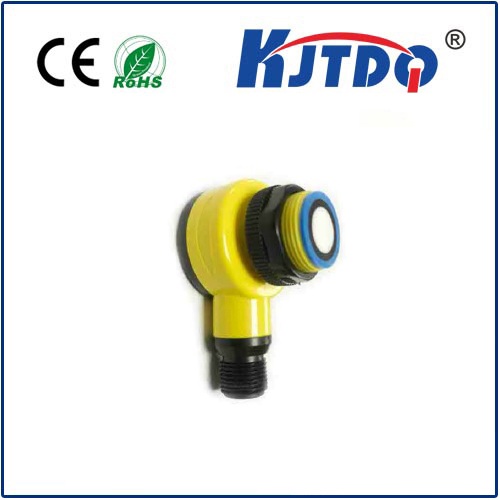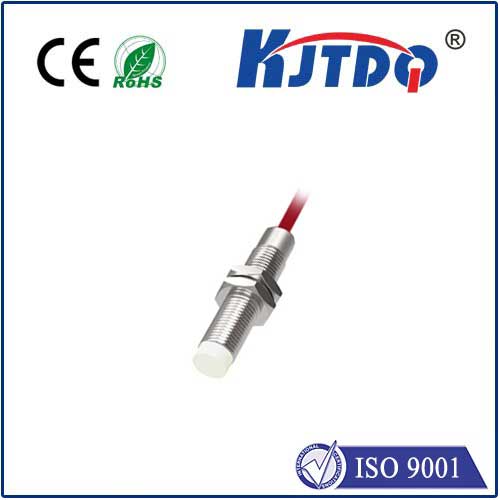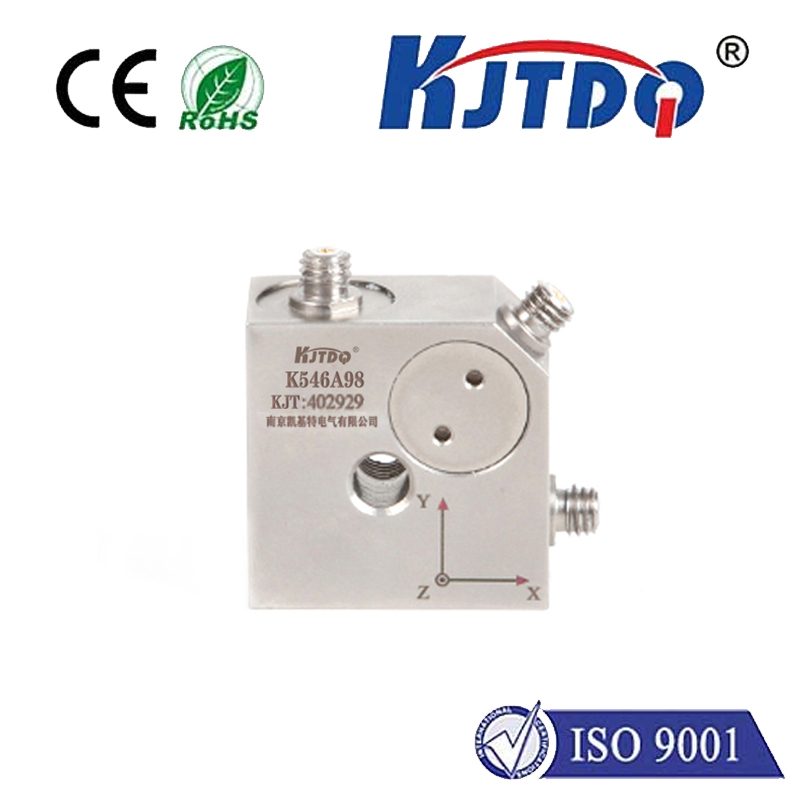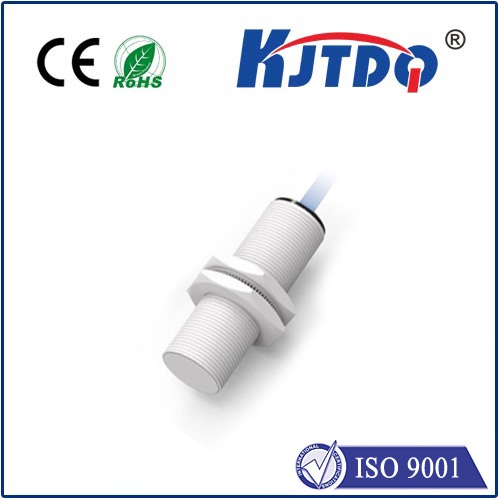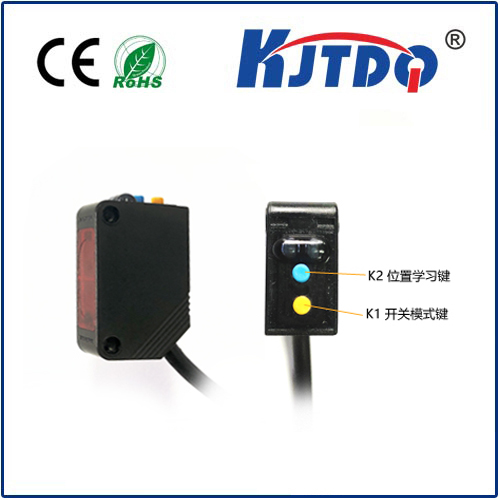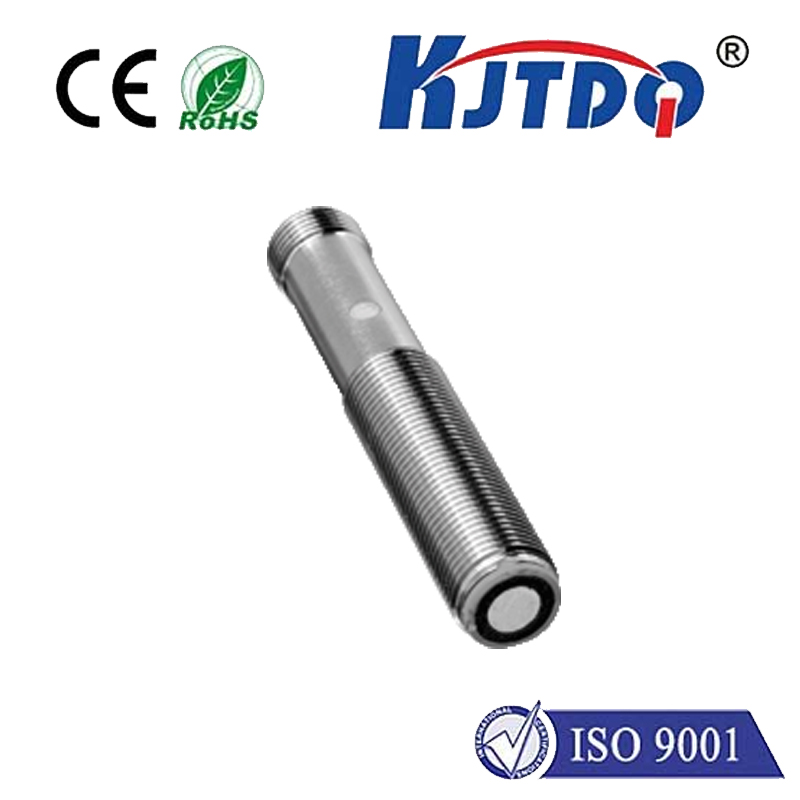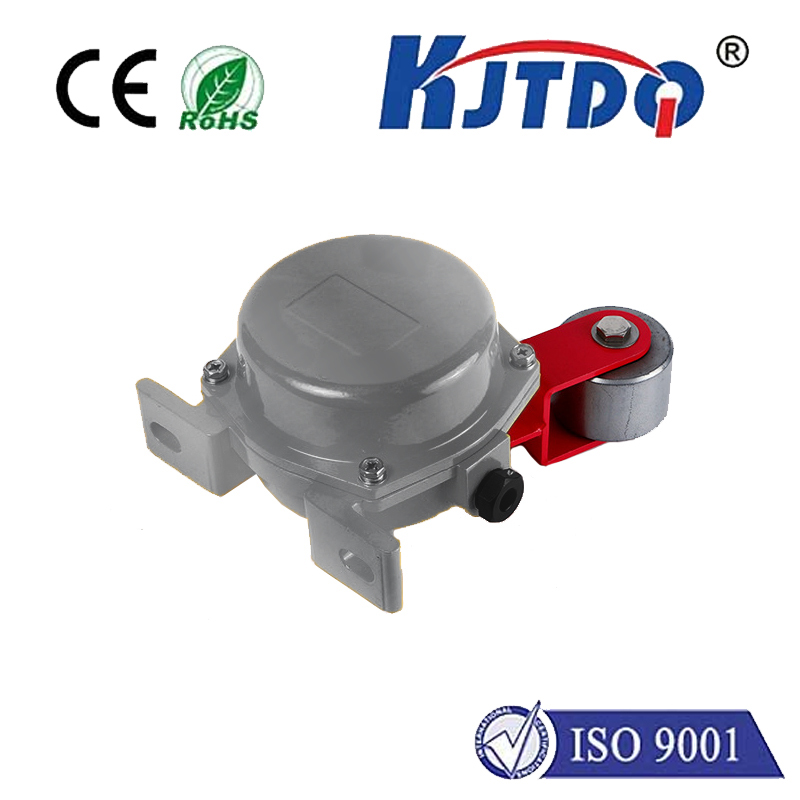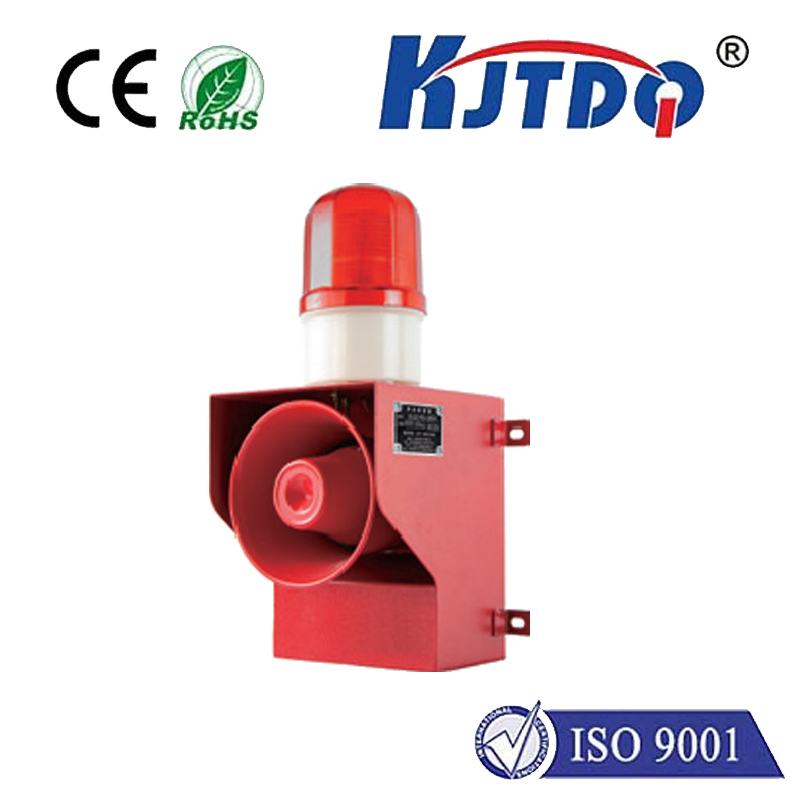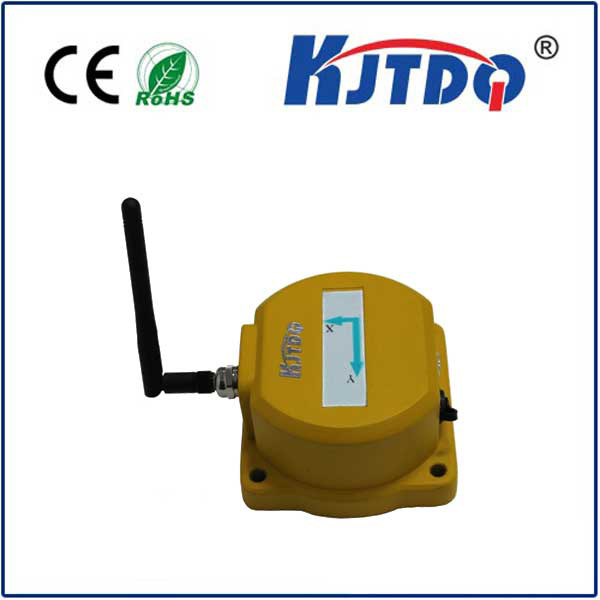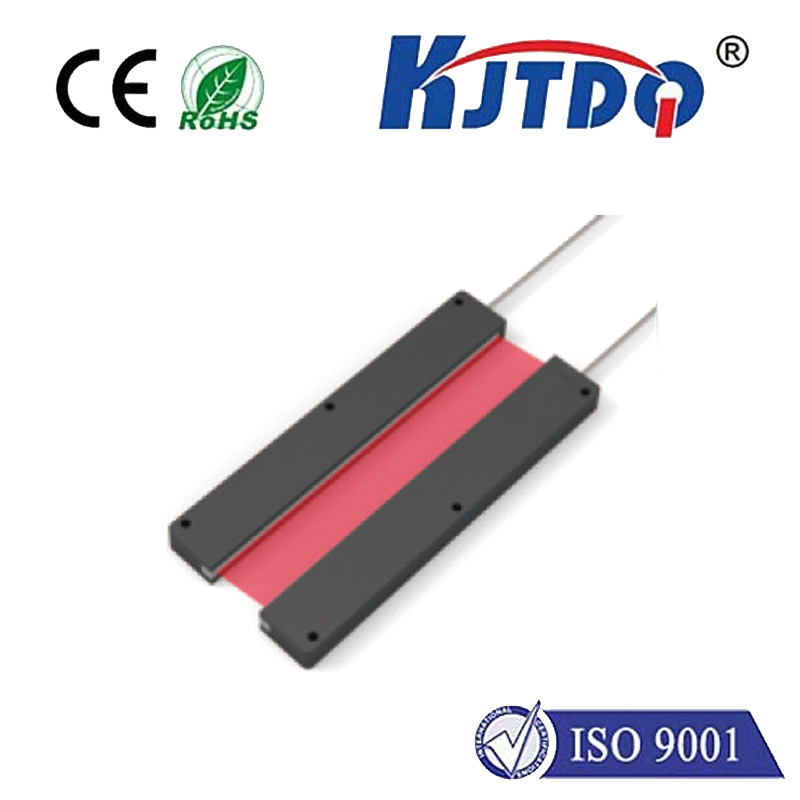
check

check

check

check
The cylindrical proximity sensor, a game-changing device in the world of automation and sensing, has been making waves in recent years due to its advanced features and capabilities. This article delves into the intricacies of this groundbreaking technology, exploring its applications, advantages, and future prospects.
Introduction (150 words)
The cylindrical proximity sensor is a type of sensor that uses an infrared beam to detect objects within a specified distance. Its cylindrical shape allows for easy installation in various environments, making it an ideal solution for a wide range of applications. From industrial automation to home automation systems, cylindrical proximity sensors are transforming the way we interact with our surroundings.
Body Paragraph 1: Application Overview (300 words)
One of the key advantages of cylindrical proximity sensors is their versatility. They can be used in a variety of industries, including automotive, manufacturing, healthcare, and consumer electronics. For example, in the automotive industry, cylindrical proximity sensors are used to detect obstacles while driving, ensuring the safety of both the driver and passengers. In manufacturing settings, they are used to monitor the movement of machines and prevent accidents. In healthcare, they are used to track patients' vital signs and detect potential health issues early on. And in consumer electronics, they are used to detect when users approach or leave a room, allowing for automatic lighting and temperature adjustments.
Body Paragraph 2: Advantages Over Traditional Sensors (250 words)
Compared to traditional sensors such as light sensors and ultrasonic sensors, cylindrical proximity sensors offer several advantages. One of the primary benefits is their ability to detect objects accurately even in low light conditions, making them ideal for use in dark environments. Additionally, they have a longer range than most other sensors, which means they can detect objects from greater distances without compromising accuracy. Furthermore, cylindrical proximity sensors are less susceptible to interference from external factors such as dust and electromagnetic radiation, making them more reliable over time.
Body Paragraph 3: Future Prospects (100 words)
Despite being a relatively new technology, the future prospects for cylindrical proximity sensors are incredibly promising. As research continues to uncover new ways to improve their performance and functionality, we can expect to see even more widespread implementation in various industries. Additionally, advancements in artificial intelligence and machine learning will enable these sensors to learn from their environment and make even more accurate predictions about object detection and behavior. Ultimately, the cylindrical proximity sensor is poised to become an integral part of our daily lives, enhancing efficiency and convenience in countless ways.
